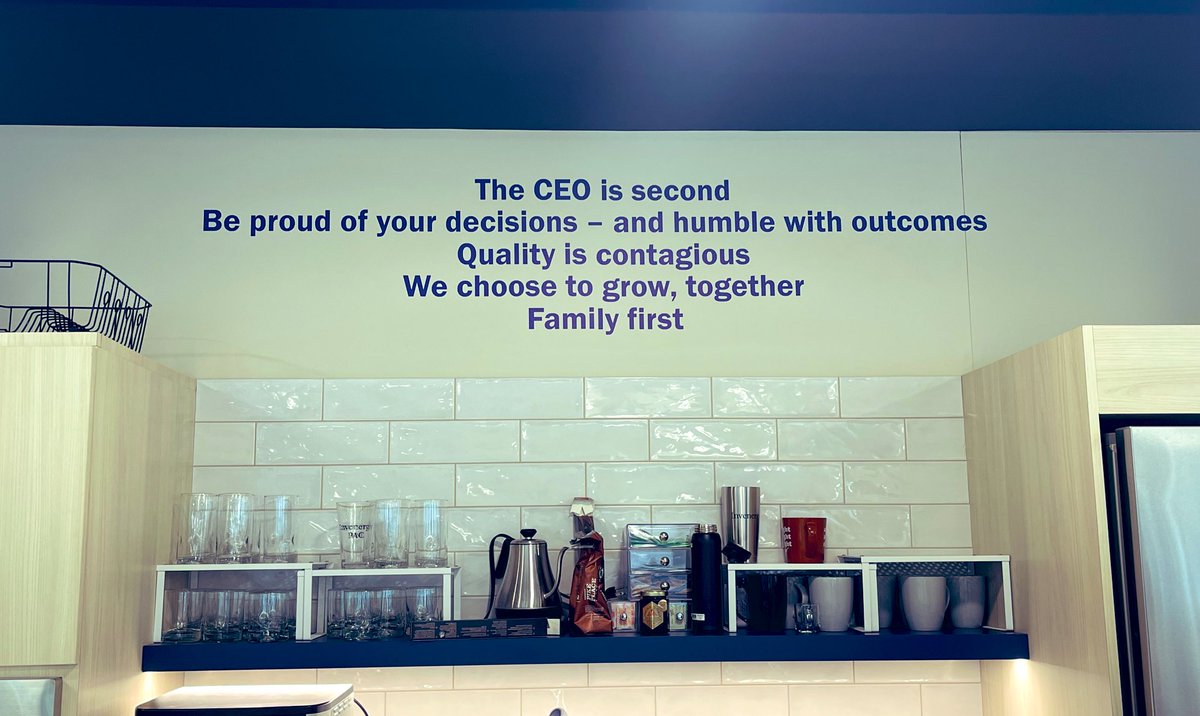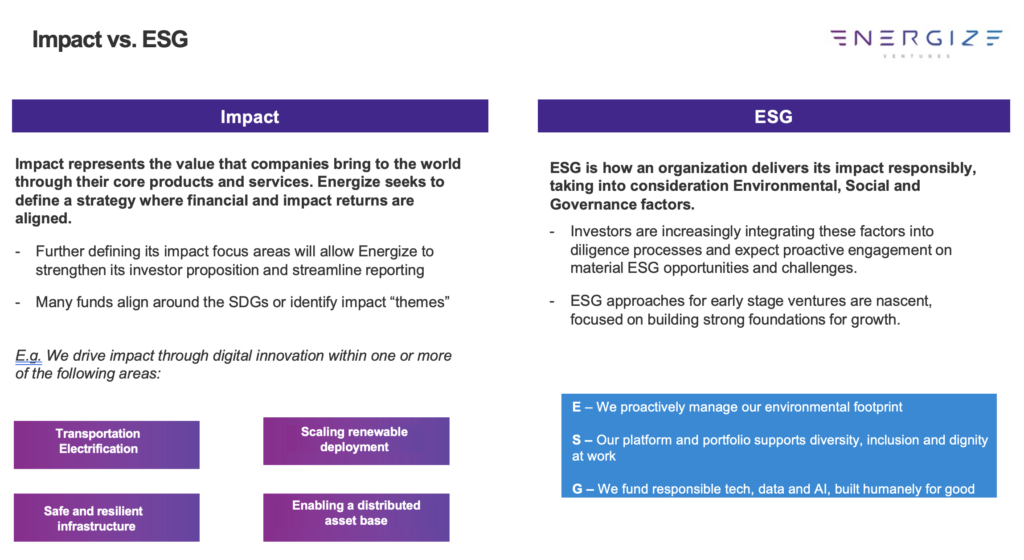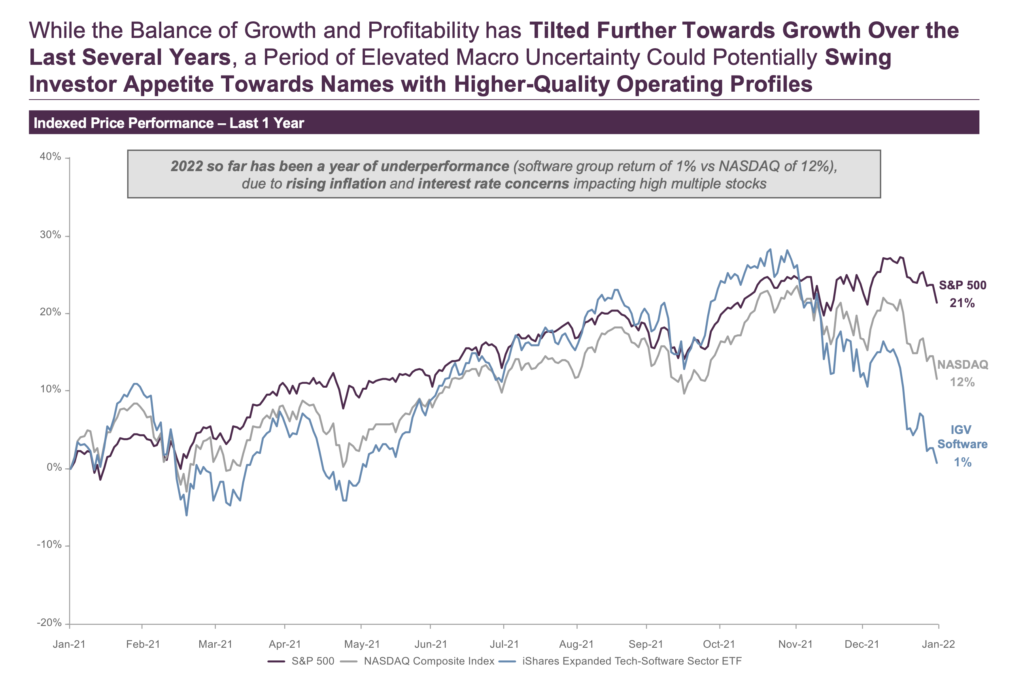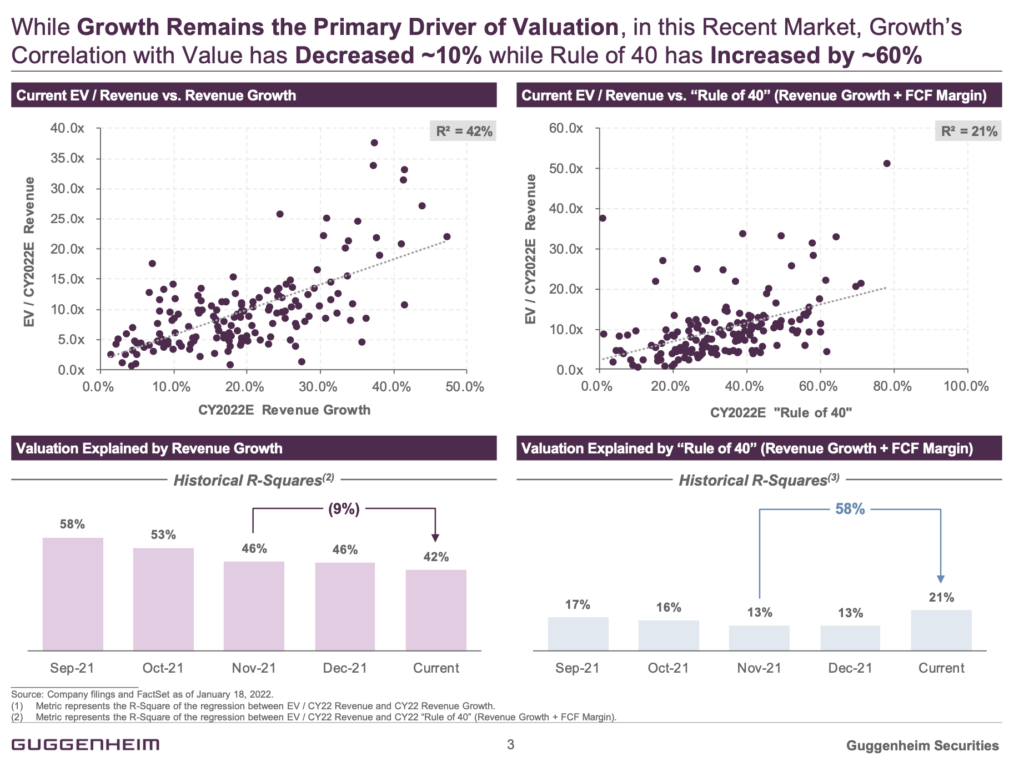Energize leads $10M Series A into Handle
Mark and Juan from the Energize team have a phrase “if you are long renewables, you are long construction”. Whether a wind farm, a building retrofit or an EV charger, the lionshare of the cost and time is in materials and construction. During a year++ long deep dive, Mark and Juan honed their search and yesterday the firm announced our Series A investment into Handle, and cofounders Patrick, Chris, and Blake. We are fortunate to work alongside Ty Findley and the Ironspring team with this investment. We believe that Handle will be the de facto payments platform that helps pay and finance the upcoming sustainability movement. The Energize “why we invested” is below.
Why We’re Investing in Handle
Energize leads $10M Series A round

Energize Ventures is proud to lead the oversubscribed $10M Series A investment in Handle, the leading software platform for construction payments and notice management. Ironspring is co-leading the round, and together we join existing investors Y Combinator, GFC, ZIGG, Elefund, L2 Ventures, and Soma Capital. Energize partner Juan Muldoon joins Handle co-founders on the company’s board, and principal Mark Tomasovic joins as a board observer.

Building the next generation of energy
At Energize, we believe that if you’re bullish on renewables, you’re bullish on construction. To reach net zero goals, more than $4 trillion will need to be invested in renewable energy infrastructure globally by 2030, tripling the current installed base of wind and solar. In fact, the U.S. is on track to reach $1 trillion in renewable energy investment in the next decade. However, building millions of distributed energy resources is no easy task. Construction firms will need to adjust the way they work to supply the labor and material resources needed to build out this unprecedented number of renewable energy assets.
While renewable energy assets don’t consume fuel to operate, these new energy facilities require more upfront materials than their fossil predecessors. Onshore wind plants require nine times the minerals compared to gas-fired power plants, and standard 2 MW wind turbines require 400 tons of concrete, iron and steel. The majority of the lifetime costs for wind turbines – and the majority of capital costs for all renewable assets – are the materials required to build them.

The scalability solution
Energize has been evaluating the construction space for several years through the lens of infrastructure and renewable energy development. When material distributors and subcontractors reach a certain volume of projects, scale becomes difficult. The back-office functions of finance, accounting and payment compliance become particularly strained. Material suppliers and contractors get bogged down by notices, RFIs, deadlines, and invoices that are required for these construction firms to function. According to contractors and material suppliers, bandwidth becomes constrained once the volume of notices and payments exceeds 30 per month. These processes will buckle under the speed and volume required to enable the energy transition and U.S. infrastructure buildout.
Handle helps material suppliers and specialty contractors solve these broken processes at scale. By automating (historically paper-based) notices, deadlines, RFIs and invoices, Handle enables the efficient flow of materials, saving both time and money across the construction value chain. These savings allow more labor and materials to be provided to job sites and cost-effective renewable energy assets to be constructed at pace. Additionally, Handle protects the payment rights of small businesses and contractors by ensuring that complex liens are valid and cash flow issues don’t threaten livelihoods. With Handle, construction payments and lien management are transformed into digital, traceable and sustainable processes.
What’s next: industry-specific growth
After graduating Y-combinator in 2019, Handle co-founders Patrick Hogan, Chris Woodard and Blake Robertson have continued to build a world-class product for construction payments and payment compliance.
Having grown up in the family’s lumber business, Patrick was familiar with the inefficiencies and soft costs that have historically burdened construction companies. Both material suppliers and contractors needed a more efficient way to protect their payment rights and streamline their payment processes. With a deep understanding of the pain point, the founding team set out to continue to create a valuable solution for their customers. Today, the biggest names in construction trust Handle to manage billions of dollars in invoices through the platform. These customers have decreased DSO (days sales outstanding) by 20 percent, saved 47 hours per employee per month, and improved project data on every job.

Handle and Energize see a massive market opportunity for software to automate administrative functions within construction. With the Series A raise, Handle plans to scale sales and marketing as well as expand product functionality with additional products.Energize is excited to bring our network across construction material suppliers, renewable EPCs, and electrical distributors, as well as our experience scaling SaaS companies. We’re thrilled to partner with Patrick, Chris, Blake and the broader Handle team!












